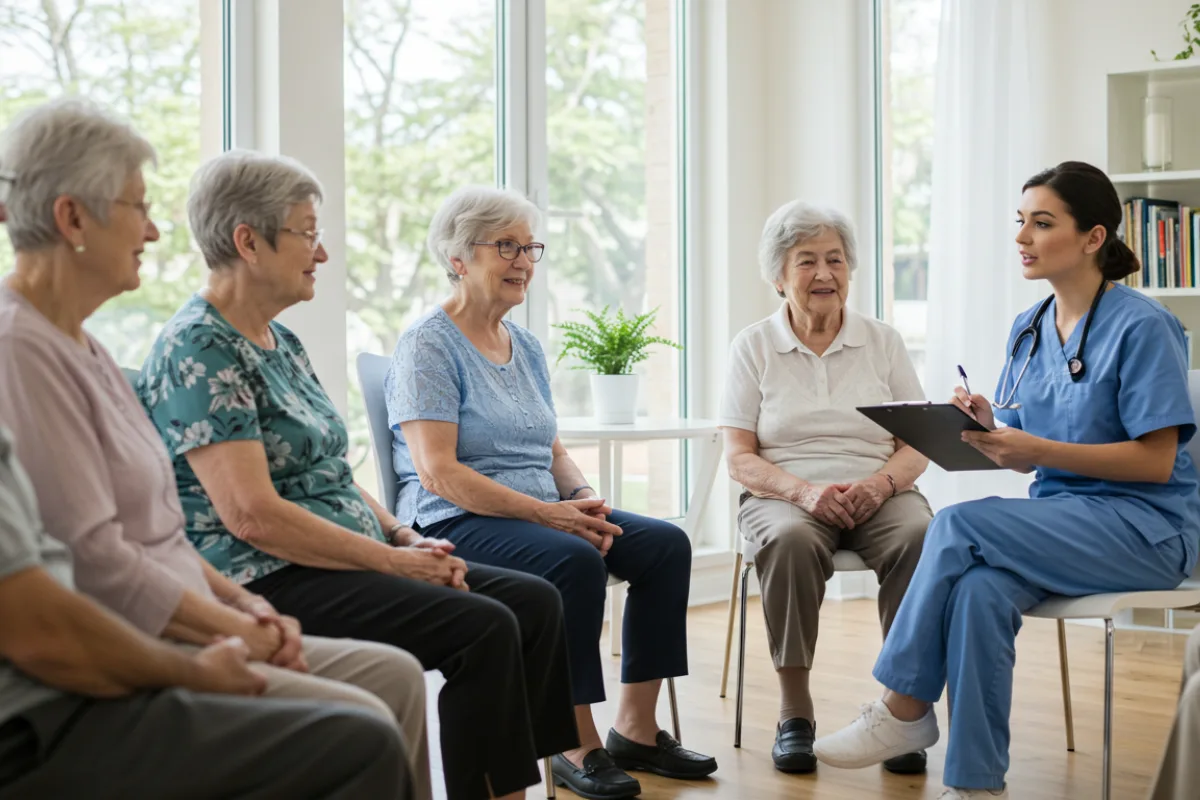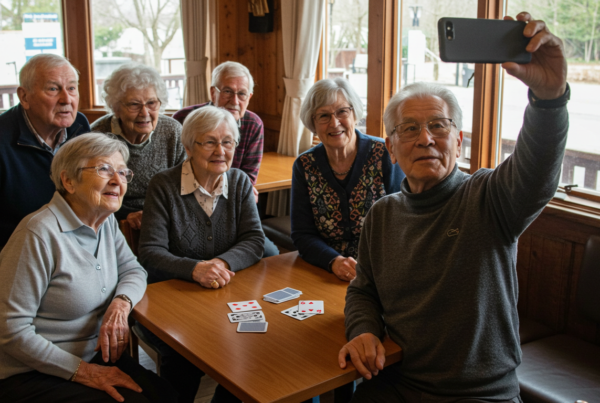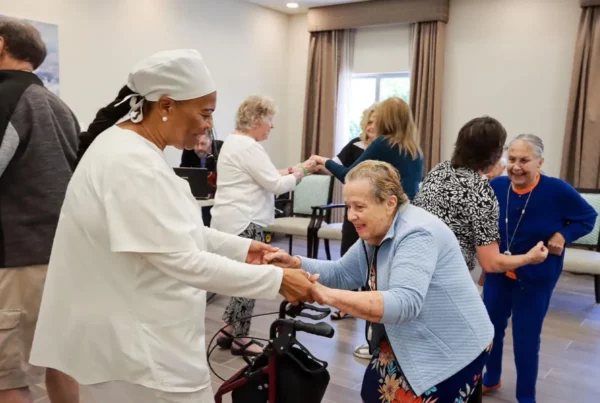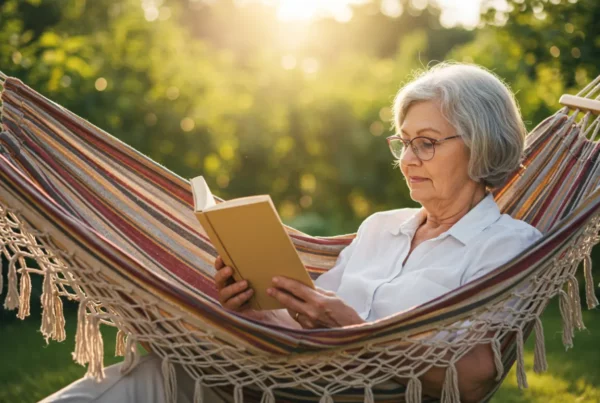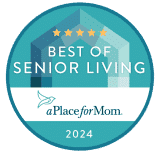Listen to this article here: Senior safety
When it comes to senior safety, small changes can make a world of difference. Whether you’re a senior living independently or a family member looking out for a loved one, creating a secure and comfortable living environment is key to preventing accidents and enhancing quality of life. From fall prevention to smart home technologies, there are countless ways to reduce risks and boost peace of mind. Let’s dive into practical tips that can transform any home into a safer space for seniors.
Senior Safety Starts with Fall Prevention
Falls are one of the leading causes of injuries among seniors, but the good news is that many are preventable. When it comes to senior safety, fall prevention should be at the top of your list. Start by decluttering walkways and removing tripping hazards like loose rugs or electrical cords. It’s amazing how something as simple as clearing a path can make a huge difference.
Next, consider installing grab bars in high-risk areas like bathrooms and staircases. These small additions provide extra support and stability, especially for those with mobility challenges. Non-slip mats in the shower and near sinks are another must-have—they’re affordable, easy to install, and incredibly effective.
Lighting also plays a big role in fall prevention. Make sure hallways, staircases, and entryways are well-lit. Motion-sensor lights are a great option for seniors who may forget to turn switches on or off. And don’t forget about footwear! Encourage seniors to wear sturdy, non-slip shoes indoors to reduce the risk of slipping.
By taking these steps, you’re not just preventing falls—you’re creating a home where seniors can move around with confidence and independence.
Home Modifications for Enhanced Senior Safety
Sometimes, a few home modifications can go a long way in ensuring senior safety. Start with the bathroom, a common hotspot for accidents. Walk-in showers or tubs with built-in seats are excellent options for seniors who struggle with balance. If a full remodel isn’t in the budget, consider adding a shower chair and handheld showerhead for added convenience.
In the kitchen, lower cabinets and pull-out shelves can make it easier for seniors to access items without straining or climbing. Similarly, lever-style door handles are easier to use than traditional knobs, especially for those with arthritis or limited hand strength.
For seniors who live in multi-level homes, stairlifts or ramps can be game-changers. These modifications not only improve safety but also help seniors maintain their independence. And if stairs are a concern, consider relocating the bedroom or living space to the ground floor.
Remember, senior safety isn’t just about preventing accidents—it’s about creating a space that’s functional, comfortable, and tailored to their needs.
Security Technologies for Peace of Mind
In today’s tech-driven world, there are countless tools to enhance senior safety. Smart home devices, for example, can provide an extra layer of security and convenience. Video doorbells allow seniors to see who’s at the door without having to get up, while smart locks eliminate the need for fumbling with keys.
Medical alert systems are another great option. These wearable devices can connect seniors to emergency services with the push of a button, providing peace of mind for both seniors and their families. Some systems even include fall detection, automatically alerting help if a fall is detected.
For added security, consider installing motion-activated outdoor lights and security cameras. These not only deter potential intruders but also help seniors feel safer in their homes. And don’t overlook the power of a simple phone or tablet—video calls can keep seniors connected with loved ones, reducing feelings of isolation and ensuring help is just a call away.
By integrating these technologies, you’re not just improving senior safety—you’re creating a modern, connected living environment that supports independence and well-being.
Small Adjustments, Big Impact on Senior Safety
It’s often the little things that make the biggest difference. For example, placing frequently used items within easy reach can prevent seniors from overextending or climbing on stools. Similarly, organizing medications in a pill dispenser with alarms can help seniors stay on track with their health routines.
Another simple yet effective adjustment is adding color contrast to key areas. For instance, using brightly colored tape on stair edges or light switches can make them easier to see, especially for those with vision impairments. And if clutter is an issue, consider downsizing or reorganizing to create a more open, navigable space.
These small changes might seem minor, but they can significantly reduce risks and improve daily life for seniors. After all, senior safety is about creating an environment that’s as comfortable as it is secure.
What Is Assisted Living? A Safe Alternative for Seniors
While many seniors prefer to age in place, it’s worth exploring other options like assisted living. So, what is assisted living? It’s a type of senior housing option that provides personalized care, safety features, and social opportunities—all under one roof. For seniors who need a bit more support, assisted living can offer the perfect balance of independence and assistance.
Compared to living at home, assisted living communities are designed with senior safety in mind. From grab bars and emergency call systems to on-site medical staff, these communities prioritize safety while offering a vibrant, engaging lifestyle.
The Benefits of Assisted Living for Senior Safety
If you’re considering senior housing options, it’s hard to ignore the benefits of assisted living. These communities are built to minimize risks and maximize comfort, making them an excellent choice for seniors who value safety and social connection.
In addition to 24/7 support, assisted living communities often feature amenities like fitness centers, group activities, and transportation services. These not only enhance quality of life but also reduce the risks associated with living alone. For families, knowing their loved ones are in a secure, supportive environment can bring immense peace of mind. 2
Take the Next Step Toward Senior Safety
Creating a safe and comfortable living environment for seniors doesn’t have to be overwhelming. With a few practical tips and thoughtful adjustments, you can significantly reduce risks and improve quality of life. Whether it’s fall prevention, home modifications, or security technologies, every step you take brings you closer to a safer, more secure home.
For seniors who need extra support while maintaining their independence, assisted living can be an excellent option. Seaside Hallandale Beach provide a secure and engaging environment tailored to seniors’ needs. With 24/7 care, social activities, and safety features designed for peace of mind, Seaside offers a welcoming space where seniors can thrive.
Ready to learn more? Visit our website for additional resources on senior safety and explore how we can help you create the perfect living environment for your loved one. Together, we can make safety a priority and ensure seniors live their best lives.
By focusing on practical solutions and thoughtful adjustments, you can create a living space that prioritizes senior safety without sacrificing comfort or independence. Let’s work together to make every home a safe haven for seniors.
References
- López Gómez, D., Estrada Canal, M., & Farré Montalà, L. (2020). Havens and heavens of ageing-in-community: home, care and age in senior co-housing. Ways of Home Making in Care for Later Life, 159-181.
- Jolanki, O. H. (2021). Senior housing as a living environment that supports well-being in old age. Frontiers in public health, 8, 589371.
- Dermody, G., Fritz, R., Glass, C., Dunham, M., & Whitehead, L. (2021). Factors influencing community‐dwelling older adults’ readiness to adopt smart home technology: A qualitative exploratory study. Journal of Advanced Nursing, 77(12), 4847-4861.

